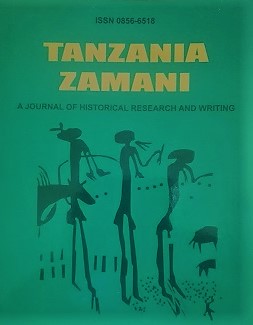Endangered African Wild Dogs: Ecological Disturbances, Habitat Fragmentations, and Ecosystem Collapse in Sub-Saharan Africa.
Keywords:
Wild dogs, Ecology, Habitat loss, Endangered Species, Sub-Saharan Africa.Abstract
The African wild dog (Lycaon pictus) is among the species that have declined to the point where it is now listed as endangered by the International Union for the Conservation of Nature (IUCN, 2012). Formerly, the African wild dog population was estimated to span 39 African countries, but today, they have disappeared from much of their former habitats, now occupying just 7% of their former geographic range. They are presently found in only 14 countries primarily in the southern part of the continent, including South Africa, Tanzania, Kenya, Zimbabwe, Namibia, and Botswana. The largest populations are presently found in northern Botswana, the Selous Game Reserve in Tanzania, and in Kruger National Park in South Africa. In East Africa, the largest population is found in Tanzania and Kenya in the Serengeti-Maasai-Mara ecosystems and in the Selous Game Reserve. The current, global population is estimated to be between 3000-5000 which is comprised of less than 1400 mature individuals. Methodically, this study deeply underscored these data from critical library research i.e., archival sources, books and articles, and other published literatures across the globe which are pertinent to this research topic.


